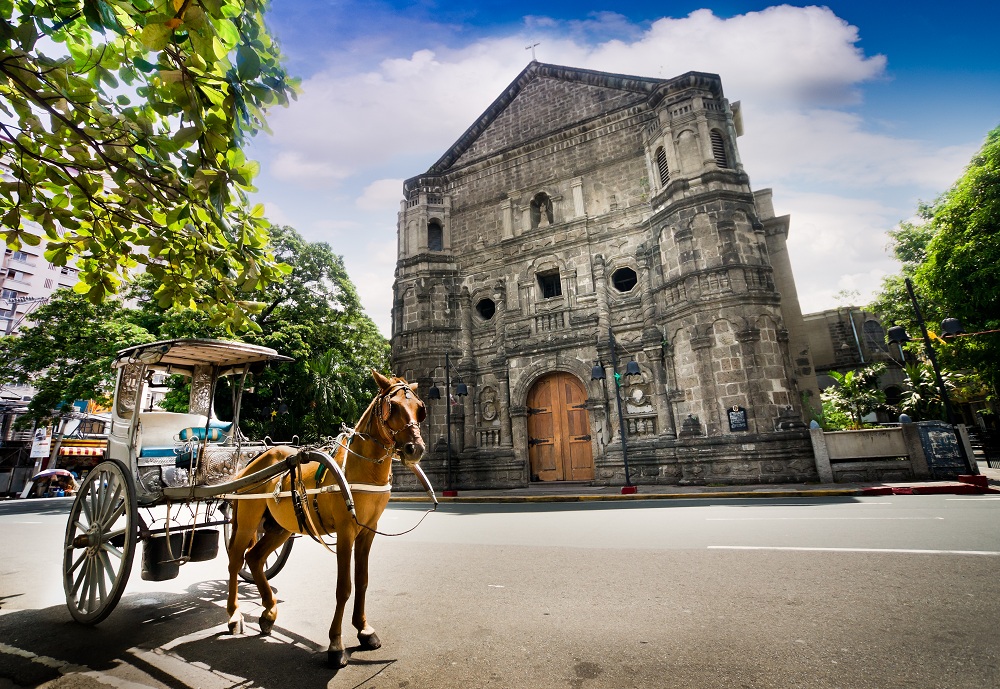Wasabi, often heralded as the pinnacle of culinary luxury, commands a steep price compared. But what drives the high cost of wasabi powder and other products? Several factors contribute to its premium price.
Firstly, wasabi, scientifically known as Wasabia japonica, is notoriously difficult to cultivate. This plant thrives in very specific conditions: it requires cool, running water and a shaded environment, often found only in particular regions of Japan. The cultivation process is labor-intensive and slow, with wasabi plants taking up to two years to mature.
Secondly, the cultivation area is limited. The plant is traditionally grown in mountain stream beds, which are becoming increasingly scarce due to land development and environmental changes. This scarcity of suitable land increases the cost of wasabi.
Additionally, the harvesting process is meticulous. Wasabi roots must be carefully dug up by hand to avoid damage, which further adds to the labor costs. After harvesting, the roots need to be used quickly to maintain their distinctive flavor and pungency, as the taste deteriorates rapidly once grated. This necessity for freshness also contributes to the higher price.
In contrast to wasabi in its pure form, wasabi powder, often a blend of horseradish and mustard, is widely available and often preferred. Understanding these factors helps explain why wasabi remains a coveted and costly ingredient in the culinary world.
When you want a taste of Eastern culture, opting for wasabi powder is a popular choice. This video highlights why wasabi is worth so much, and why it’s such a popular cuisine option.



